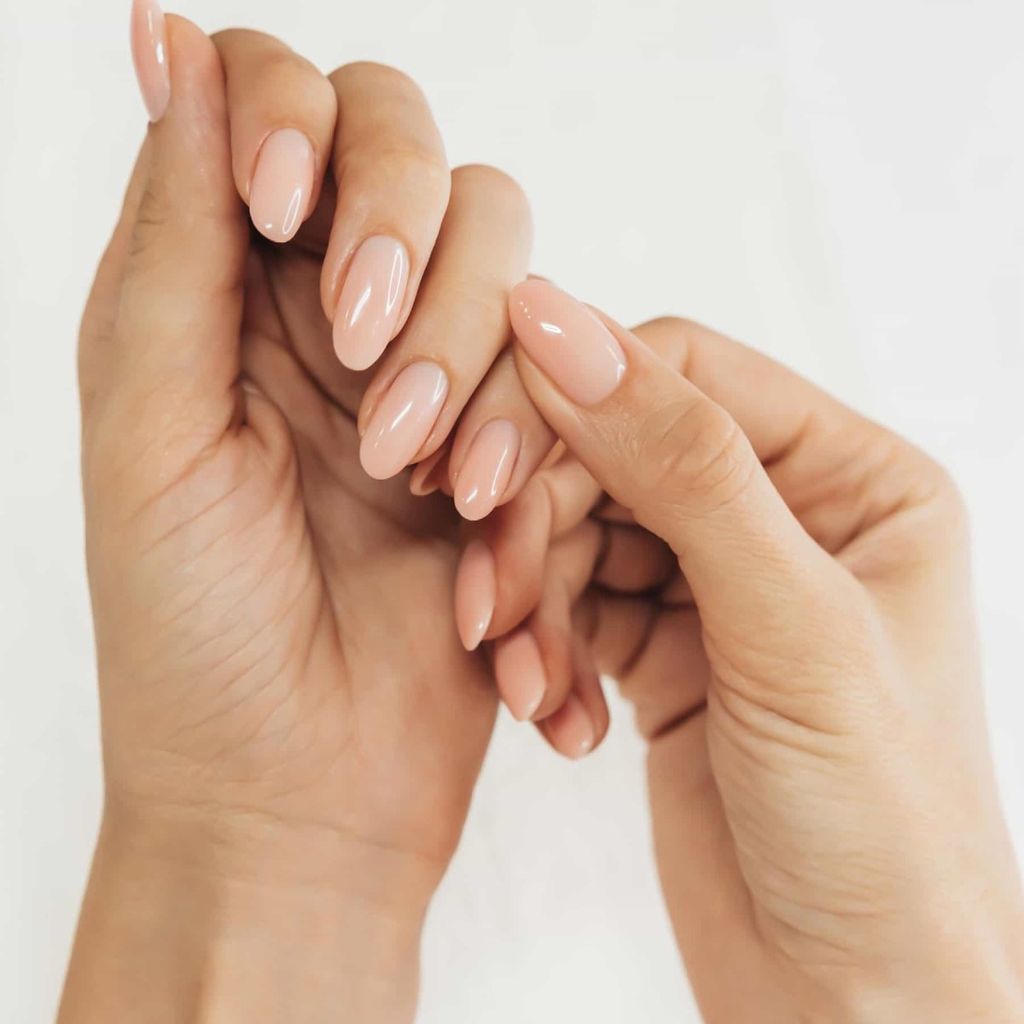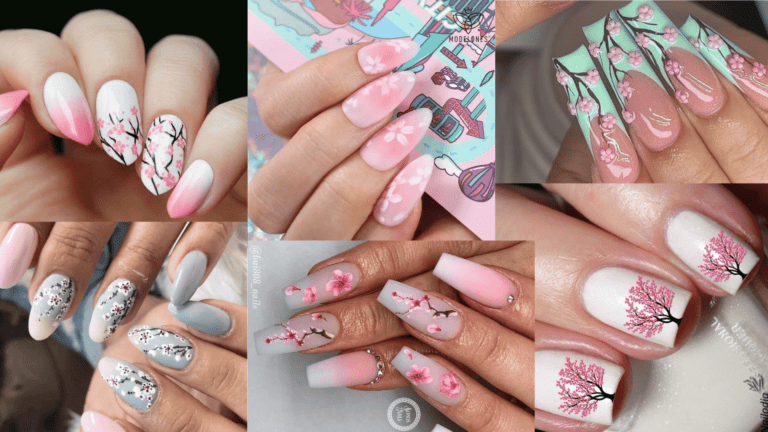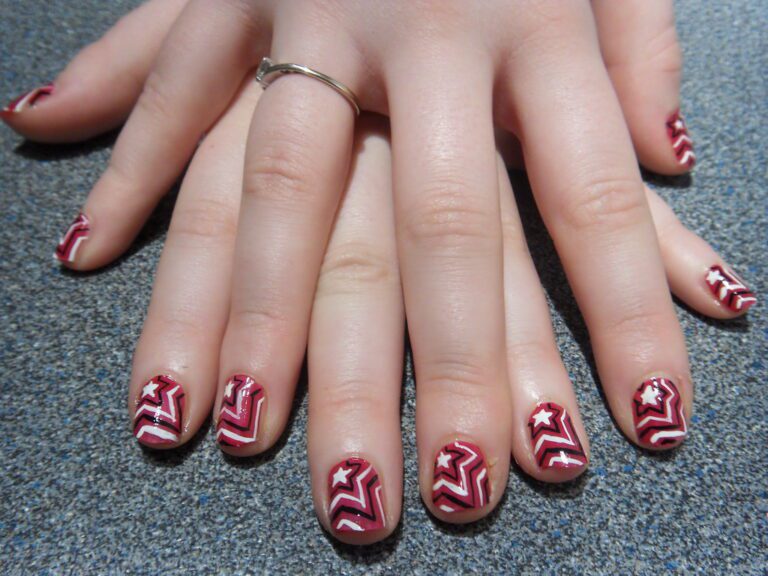“Peeling Point: Why Nails Peel and How to Prevent It”
Nail peeling is a common concern that many individuals experience, often leading to frustration and discomfort. Understanding the underlying causes of nail peeling and implementing preventive measures can help maintain strong and healthy nails. This article explores the various factors that contribute to nail peeling and provides practical tips to prevent it.
Key Takeaways
- Maintaining a balanced diet rich in essential vitamins and minerals is crucial for promoting nail health.
- Avoid exposing your nails to harsh chemicals and solvents to prevent damage and peeling.
- Regular moisturizing of the nails and cuticles can help prevent dryness and reduce the risk of peeling.
- Seek professional advice from a dermatologist if you experience chronic nail peeling or persistent issues.
- Choose nail products, such as polish and removers, that are gentle and nourishing to maintain nail health.
Understanding Nail Peeling

The Anatomy of the Nail
To understand why nails peel, it’s essential to first grasp their complex structure. Nails are not just a protective covering but a sophisticated system composed of several parts. The nail plate is the hard, translucent part of the nail that is most visible. Beneath it lies the nail bed, which provides nutrients and support. The cuticle seals the area where the nail meets the skin, preventing pathogens from entering.
Growth of the nail originates from the nail matrix, located under the skin at the nail’s base. This area is rich in blood vessels and nerves, making it sensitive and crucial for healthy nail development. The lunula, the whitish half-moon at the nail’s base, is part of the matrix visible through the nail plate.
Keeping the nail matrix healthy is vital for preventing peeling nails. Damage to this area can affect the entire nail’s health.
Regular maintenance and understanding the nail’s anatomy can help in identifying issues before they worsen. For instance, changes in nail color or texture can be early indicators of underlying health problems or nutritional deficiencies.
Common Causes of Nail Peeling
Nail peeling can be attributed to a variety of factors, including excessive exposure to water and harsh chemicals. Additionally, nutritional deficiencies and underlying health conditions can contribute to this issue. It’s important to address these root causes in order to effectively prevent and manage nail peeling. Here’s a brief overview of the common causes:
Nutritional Factors in Nail Health

Essential Vitamins and Minerals for Strong Nails
When it comes to maintaining strong and healthy nails, essential vitamins and minerals play a crucial role. These nutrients provide the foundation for nail strength and resilience, supporting their overall health and appearance. Incorporating a balanced intake of these key nutrients into your diet can significantly improve the condition of your nails. Here are some essential vitamins and minerals that are vital for strong nails:
- Vitamin B7 (Biotin)
- Collagen
- Vitamin C
- Omega-3s
These nutrients work together to promote nail health and combat peeling, ensuring that your nails remain strong and beautiful. Remember, a well-rounded diet rich in these essential vitamins and minerals is the first step towards achieving healthy nails.
Tip: Consistency is key when it comes to reaping the benefits of these nutrients. Incorporate them into your daily diet for long-term nail health.
Dietary Changes to Reduce Peeling
Incorporating a balanced diet is crucial for maintaining the integrity of your nails. A diet lacking in essential nutrients can lead to brittle, peeling nails. To combat this, focus on foods rich in biotin, such as eggs, almonds, and sweet potatoes, which are known to enhance nail strength. Additionally, omega-3 fatty acids found in fish like salmon and flax seeds can hydrate and lubricate the nail bed, reducing the likelihood of peeling.
Hydration is also key; ensure you’re drinking plenty of water throughout the day. Small changes in your diet can have a significant impact on nail health. Consider the following adjustments:
- Increase your intake of protein-rich foods to support keratin production, the primary protein in nails.
- Incorporate a variety of fruits and vegetables to supply your body with a broad spectrum of vitamins and minerals.
- Limit your consumption of sugary and processed foods, which can negatively affect overall health, including that of your nails.
Tip: Consistency is vital. A steady supply of nutrients is necessary to see improvements in nail health over time.
External Influences on Nail Condition

The Impact of Chemicals and Solvents
Frequent exposure to chemicals and solvents can significantly compromise nail health. These substances often strip away natural oils and moisture, leading to brittle and peeling nails. For instance, nail polish removers containing acetone are particularly harsh, as they not only remove the polish but also excessively dry out the nail plate.
Chemical penetration into the nail can vary depending on the substance. While chemical polarity has little effect on nail penetration, small polar molecules can effectively penetrate the nail. This underscores the importance of being mindful of the chemical composition of products used on nails.
Tip: Always wear gloves when using cleaning products or solvents to minimize direct contact with harmful chemicals.
High levels of toxic chemicals, such as toluene and methyl methacrylate, have been detected in nail salons, posing risks not only to nail health but also to overall well-being. It is crucial to ensure proper ventilation and to use products with safer chemical profiles to mitigate these risks.
Environmental Stressors and Nail Peeling
Our nails are not just affected by the care we provide but also by the environment we expose them to. Environmental stressors such as extreme temperatures, low humidity, and overexposure to the sun can lead to dehydration of the nail plate, making it more susceptible to peeling.
- Cold weather* can strip moisture from the nails, just as it does with the skin, leading to brittleness. Conversely, excessive heat can cause nails to become overly dry and fragile. It’s important to protect your nails from these conditions by wearing gloves in cold weather and applying sunscreen to your hands when out in the sun.
Tip: Always moisturize your hands and nails after exposure to harsh environmental conditions to help restore hydration and prevent peeling.
Here’s a quick list of environmental factors to be mindful of:
- Extreme cold or heat
- Dry, arid climates
- Prolonged sun exposure
- Chlorinated water from swimming pools
Daily Habits and Nail Care Routines

Best Practices for Nail Hygiene
Maintaining proper nail hygiene is a cornerstone of preventing nail peeling. It is essential to keep nails clean and dry, as prolonged exposure to water can weaken nail structure. When trimming nails, always cut straight across to avoid ingrown nails and potential infections.
Here are some best practices for nail hygiene:
- Wash hands with soap and water regularly, but avoid over-washing which can strip nails of natural oils.
- Use a sharp nail clipper or scissors for a clean cut, and avoid tearing or biting nails.
- Gently file nails in one direction to prevent splitting.
- Keep cuticles healthy by not cutting them, as they act as a barrier to infection.
Tip: Always moisturize your hands and nails after washing to replenish lost moisture and protect against peeling.
Remember, while it’s tempting to ignore minor nail issues, consistent care is key to preventing peeling and maintaining overall nail health.
Moisturizing Techniques to Prevent Peeling
Moisturizing your nails is crucial for maintaining their strength and flexibility. Regular application of nail oils, such as coconut, almond, and olive oils, can nourish and moisturize the nails, preventing them from becoming dry and brittle. Additionally, using a hydrating nail cream can provide an extra layer of protection and moisture. Remember to massage the oils and cream into the nails and cuticles to ensure maximum absorption and effectiveness. Lastly, wearing gloves while doing household chores or working with chemicals can help protect your nails from excessive dryness and damage. Implementing these moisturizing techniques will contribute to healthier, more resilient nails.
Professional Treatments and Remedies

When to Seek Help from a Dermatologist
While many cases of nail peeling can be addressed with at-home care and lifestyle adjustments, certain conditions warrant professional medical advice. Persistent nail peeling, discoloration, or pain are signs that you should consult a dermatologist. These symptoms could indicate underlying health issues that require specialized treatment.
Tip: Don’t wait for your nail condition to worsen before seeking help. Early intervention can prevent more serious complications.
A dermatologist can provide a comprehensive evaluation and may perform diagnostic tests to determine the exact cause of your nail problems. They can also recommend advanced treatments, which might include prescription-strength creams, oral medications, or therapeutic procedures. Here are some scenarios where a dermatologist’s expertise is particularly valuable:
- You’ve tried over-the-counter remedies without success.
- Your nail peeling is accompanied by severe pain or infection.
- There are signs of fungal or bacterial infections.
- You have a history of skin conditions like psoriasis or eczema affecting your nails.
- You notice drastic changes in nail shape, thickness, or color.
Advanced Treatments for Chronic Nail Peeling
After exploring various professional treatments for chronic nail peeling, it’s important to consider the specific needs of your nails and consult with a dermatologist for personalized recommendations. Additionally, incorporating targeted nail strengthener and cuticle cream sets can aid in repairing and restoring damaged nails. These products are designed to repair damage from chipping, cracking, peeling, splitting, and breaking, ensuring thicker, healthier nails. When seeking professional treatments, it’s essential to prioritize products that address the root causes of nail peeling and promote overall nail health. Remember, a tailored approach is key to effectively addressing chronic nail peeling.
The Role of Nail Products in Nail Health

Choosing the Right Nail Polish and Removers
When it comes to choosing the right nail polish and removers, it’s essential to consider the specific needs of your nails. Different nail types may require different formulations of nail polish and removers. Here’s a quick comparison of acetone and acetone-free nail polish removers:
| Type of Remover | Characteristics |
|---|---|
| Acetone | – Stronger |
| Acetone-Free | – Gentler |
It’s important to weigh the pros and cons of each type before making a decision. Acetone removers are effective at removing stubborn nail polish, but they can be drying. On the other hand, acetone-free removers are milder and less harsh on the nails, making them suitable for regular use. Remember to choose a remover that aligns with your nail care goals and preferences.
Tip: Always follow up with a moisturizing treatment after using nail polish removers to keep your nails healthy and hydrated.
The Truth About Nail Hardeners and Supplements
The market is flooded with nail care products promising stronger, healthier nails. Among these, nail hardeners and supplements are often touted as miracle solutions for peeling nails. However, it’s important to understand their actual benefits and limitations. Nail hardeners work by creating a rigid protective layer on the nail, which can prevent peeling in the short term. But excessive use can lead to brittleness, as the nails become too hard and, ironically, more prone to breaking.
Supplements, particularly those containing biotin and keratin, are marketed for their ability to support nail health. While they can be beneficial, especially for individuals with deficiencies, their effectiveness is not universal. Genetics play a significant role in nail growth and strength, and no supplement can alter this inherent trait.
Consider the following points when choosing nail care products:
- Look for hardeners that contain conditioning agents to balance the strengthening effect.
- Be wary of products with formaldehyde, which can cause nails to become overly hard and brittle.
- Supplements should be used as part of a balanced diet, not as a standalone solution for nail health.
Tip: Always consult with a dermatologist before starting any new nail treatment, especially if you have chronic nail peeling or other persistent issues.
Nail products play a crucial role in maintaining the health and beauty of your nails. From nourishing cuticle oils to vibrant nail polishes, the right products can enhance the strength and appearance of your nails. At NAILinspire.com, we understand the importance of quality nail products and their impact on nail health. Our extensive collection of nail art designs, tutorials, and product recommendations is designed to inspire and empower nail enthusiasts. Explore our library of nail art resources and discover the perfect products to elevate your nail care routine.
Frequently Asked Questions
What are the common causes of nail peeling?
Common causes of nail peeling include excessive exposure to water, harsh chemicals, and nail trauma. Additionally, nutritional deficiencies and underlying health conditions can contribute to nail peeling.
How can I prevent nail peeling?
You can prevent nail peeling by maintaining proper nail hygiene, avoiding prolonged exposure to water and chemicals, moisturizing your nails and cuticles, and consuming a balanced diet rich in essential vitamins and minerals for nail health.
Are there specific vitamins and minerals that promote nail strength?
Yes, essential vitamins and minerals such as biotin, vitamin C, iron, and zinc are known to promote nail strength and reduce the risk of peeling. Including these nutrients in your diet can help improve the condition of your nails.
Do nail hardeners and supplements help prevent nail peeling?
While some nail hardeners and supplements claim to strengthen nails and prevent peeling, it’s important to use them cautiously. Consult with a dermatologist or healthcare professional before using such products, as they may not be suitable for everyone.
When should I seek help from a dermatologist for nail peeling?
If you experience chronic or severe nail peeling that does not improve with home remedies, it’s advisable to seek help from a dermatologist. They can assess the underlying causes of the peeling and recommend appropriate treatments.
Can environmental stressors cause nail peeling?
Yes, environmental stressors such as extreme temperatures, dry air, and frequent exposure to water can weaken the nails and contribute to peeling. Taking measures to protect your nails from these stressors can help prevent peeling.






